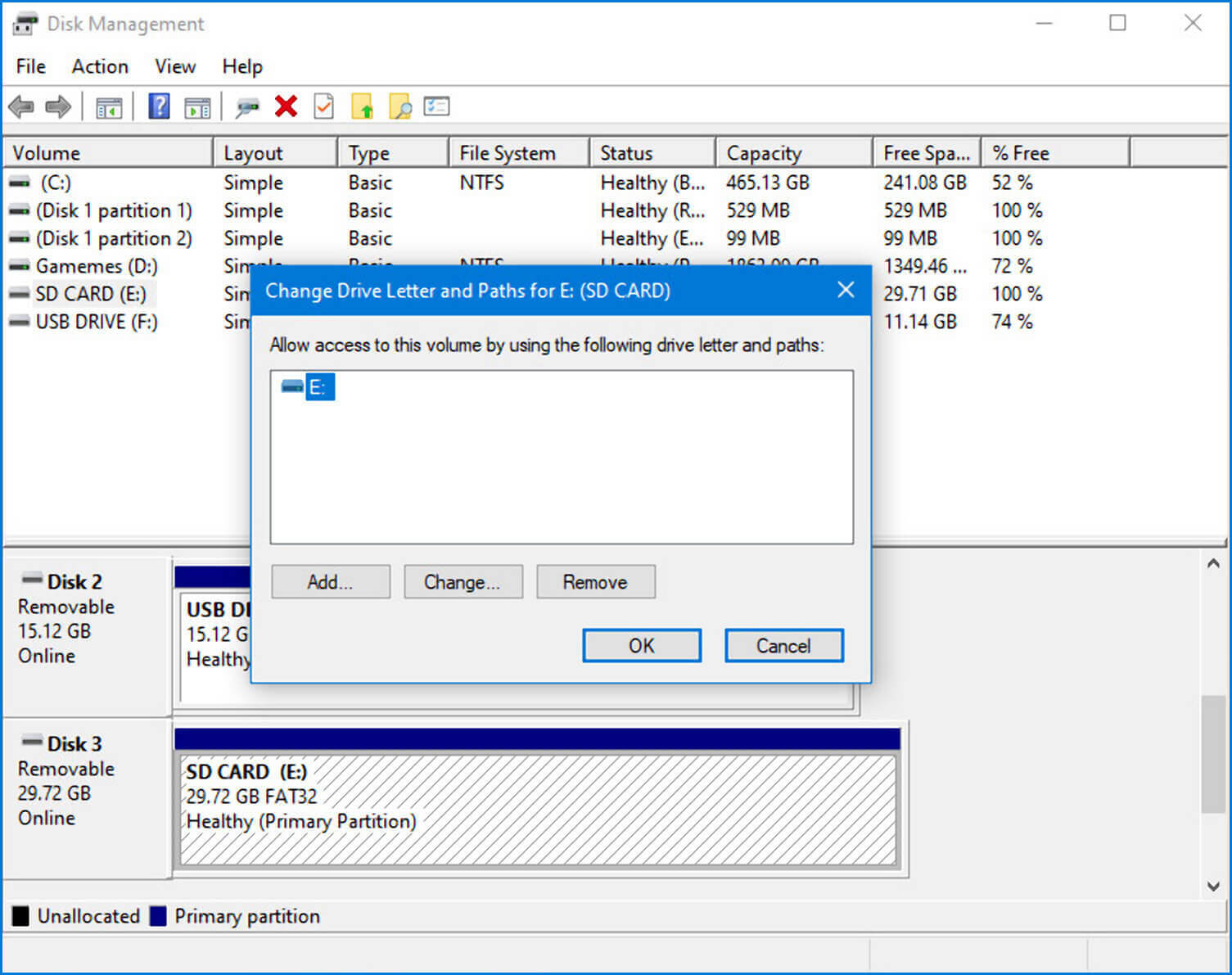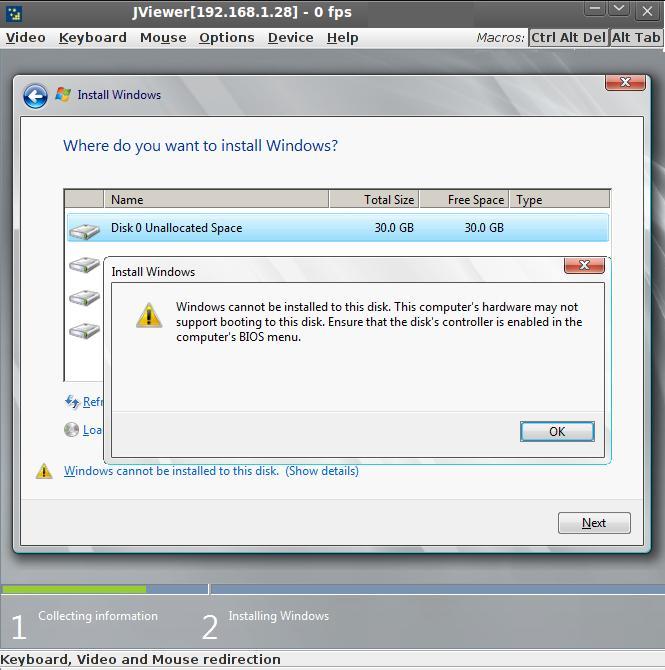

- Issues using drive snapshot with windows 10 raid volume drivers#
- Issues using drive snapshot with windows 10 raid volume driver#
- Issues using drive snapshot with windows 10 raid volume free#
The two RAID 0 volumes show as empty, nonpartitioned and unformated, in Windows Disk Management. I booted in to Windows running from a flash drive and ran TeskDisk. I tried marking the dual mSATA SSDs as independent drives, then recreated the RAID 0 array and two RAID 0 volumes. However, I thought maybe instead of cloning the data from the single drive back to a new RAID 0 volume I could use TestDisk to recover the missing partitions.
Issues using drive snapshot with windows 10 raid volume free#
Using Reclaime Free RAID Recovery I imaged the SSDs separately and then wrote their data, unRAIDed, to a single drive. The integrated Intel RAID controller rejected one of the SSDs breaking the two RAID 0 volumes that were on the drives. I hope this gives you a little more understanding of what goes on under the hood.I have dual mSATA SSDs in RAID 0 in a laptop.
Issues using drive snapshot with windows 10 raid volume drivers#
The drivers are of course loaded in the right sequence - from low-level drivers, then filesystem, etc. So this can give you a rough indication of what you can expect when you boot Ubuntu on a piece of hardware. You will see a nice tree of drivers, grouped by their functionality - crypto, fs, virt, drivers/ata, drivers/video, drivers/md (this is raid), drivers/usb, etc. Then, change into the ~/initrd/ and see what’s contained there. Unmkinitramfs /boot/initrd.img-something ~/initrd/ You can check what’s contained inside one by extracting it. Some drivers are necessarily loaded early in the boot process - these are bundled in the initrd file.

Then for instance, you will see drivers like this (just an example):ĭm_crypt - module for encryption/decryption (say if you use it) You can check with drivers are loaded into memory with the lsmod command. We’re talking about the storage functions.ĭepending on the type of hardware you have, and the filesystem configuration in use, Ubuntu will use different drivers to interface with the storage.

In some cases, the latter may give you additional functionality - this isn’t necessarily something you will see as a user, or interact directly.
Issues using drive snapshot with windows 10 raid volume driver#
If you have the needed driver functionality loaded into memory (either it’s part of the kernel or an additional module), then the operating system can make direct use of storage commands, which can lead to optimized usage (performance, data integrity, etc).įor instance, you could use a generic Windows driver for SSD, or you could use the drivers provided by the vendor. Ubuntu - and for that matter - any operating system really - work the same way. I can’t really think of a typical desktop workload that would push the disk bus to the maximum with NVMe drives. But overall, in most cases NMVe drives are fast enough that you will not be bottlenecked on the disk operations to begin with. For example, stripe configuration in this case gives you a single “larger” disk to work with, and perhaps some data read performance improvement. When you ask about the ways to configure the SSD - it really depends what you need. The user interface part allows you to see what has been configured, and perhaps make some adjustments, but it relies on the driver in the operating system, and how the operating system (Windows in this case) supports the underlying platform capabilities. Typically, when you configure RAID, this is done in BIOS, or you manually load a driver during the operating system installation.


 0 kommentar(er)
0 kommentar(er)
